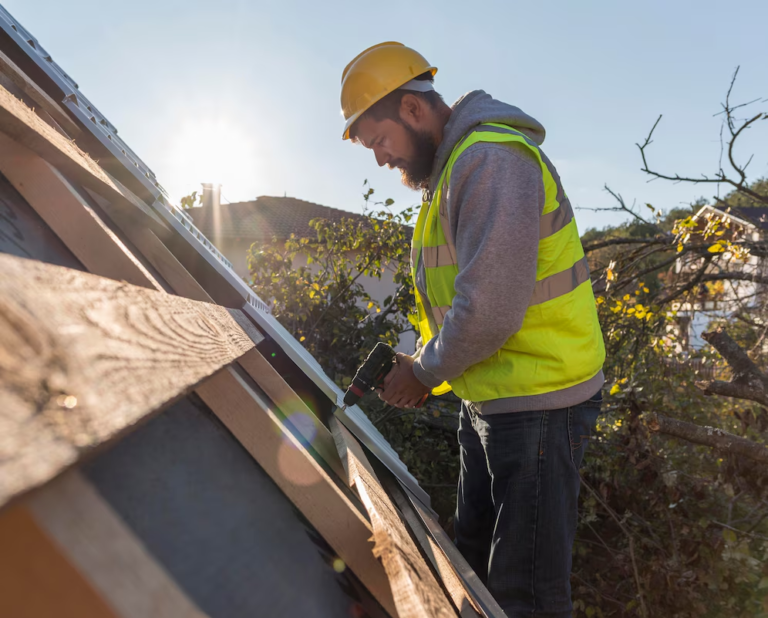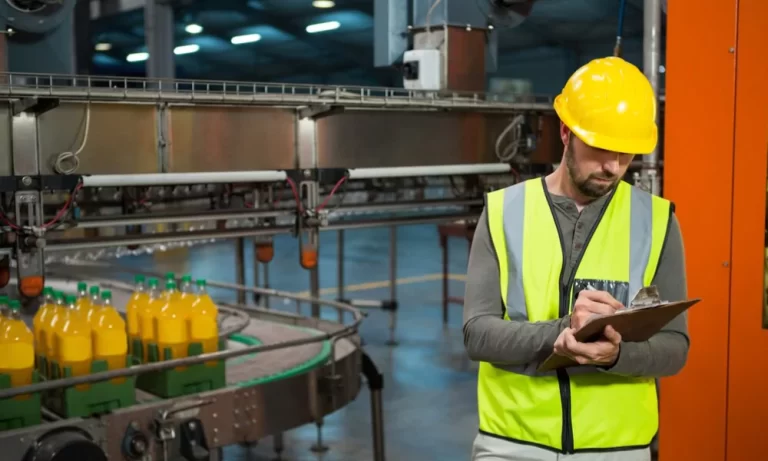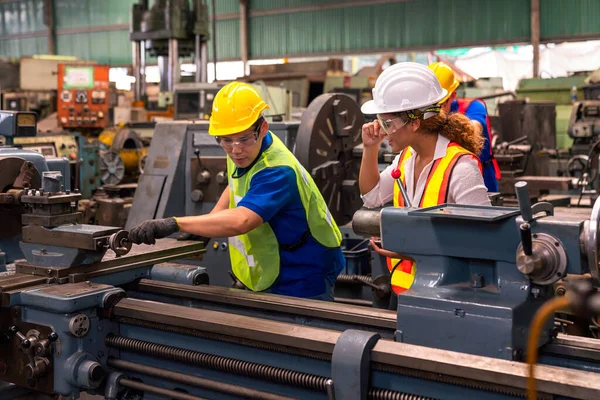Investing in exterior renovations can significantly enhance the aesthetic appeal, functionality, and value of your home. Two crucial aspects of exterior renovation that can make a substantial difference are house cladding installation and roofing. Let’s explore how these upgrades can transform your home.
1. House Cladding Installation: Boosting Aesthetic Appeal and Protection
House cladding installation involves adding a protective layer to the exterior walls of your home. This upgrade not only enhances the visual appeal of your property but also provides several practical benefits:
Enhanced Insulation and Energy Efficiency Installing house cladding can improve the insulation of your home, reducing heat loss in winter and maintaining cooler temperatures in summer. This enhancement can lead to lower energy bills and increased comfort year-round.
Weather Resistance house cladding installation serves as a protective barrier against the elements, shielding your home from rain, wind, and UV radiation. It helps prevent moisture infiltration, which can lead to dampness, mold growth, and structural damage over time.
Aesthetic Variety Modern cladding materials come in a wide range of colors, textures, and finishes, allowing you to customize the look of your home. Whether you prefer a sleek, contemporary appearance or a more traditional style, there’s a cladding option to suit every taste.
Low Maintenance Many cladding materials are designed to be durable and require minimal maintenance. Once installed, they generally only need periodic cleaning to maintain their appearance and functionality.
2. Roofing: Protection and Longevity
The roof is one of the most critical components of your home’s exterior. It not only protects your property from the elements but also contributes significantly to its overall curb appeal and structural integrity.
Material Options Choosing the right roofing material is crucial for both aesthetic and functional reasons. Options such as asphalt shingles, metal roofing, clay tiles, and slate each offer unique benefits in terms of durability, energy efficiency, and appearance.
Repair and Replacement Regular inspection and timely repair of your roof can prevent costly damage and extend its lifespan. When replacement is necessary, modern roofing materials can provide enhanced durability and energy efficiency compared to older options.
Weather Resistance A well-installed roof should withstand various weather conditions, including wind, rain, snow, and hail. Proper installation techniques and quality materials ensure that your roof performs effectively over its lifespan.
Enhanced Curb Appeal Upgrading your roof can dramatically improve the overall look of your home. Whether you opt for a traditional style or a more contemporary design, a new roof can complement your house’s architecture and increase its market value.
Combining Cladding and Roofing for a Complete Transformation
By addressing both house cladding installation and roofing in your exterior renovation plans, you can achieve a cohesive and impactful transformation of your home. These upgrades not only enhance its appearance but also improve energy efficiency, protect against the elements, and increase property value.
Conclusion
Investing in exterior renovation solutions like house cladding installation and roofing can yield significant benefits for homeowners. Beyond aesthetic enhancement, these upgrades provide practical advantages such as improved energy efficiency, enhanced weather resistance, and increased property value. Whether you’re looking to refresh the look of your home or boost its structural integrity, these renovations offer long-term benefits that contribute to your overall comfort and satisfaction.
Consider consulting with professionals in cladding installation and roofing to explore the best options for your home. With the right choices and expert installation, you can enjoy a transformed exterior that enhances both the beauty and functionality of your living space for years to come.







